Avshalom Halutz. Apr 27, 2025
Perhaps it’s the sudden loss of control over land, or the devastation of forests bombed and burned for months on end. Maybe it reflects a collective instinct to reconnect with the physical terrain over which Israelis have waged their longest war. Or perhaps it’s a response to the war’s unnatural character – dominated by technology, machines and artificial intelligence. Whatever the reason, nature has emerged as a central theme in a surprising number of new art exhibits.
For its latest exhibition, “The Garden,” Tel Aviv Museum of Art has transformed 1,000 square meters (10,760 square feet) into an enclosed landscape of hills, trees, bushes and flowers. Artist and landscape architect Yael Moria from Studio MA has created an installation that fuses the natural and the synthetic, both inviting and alien.
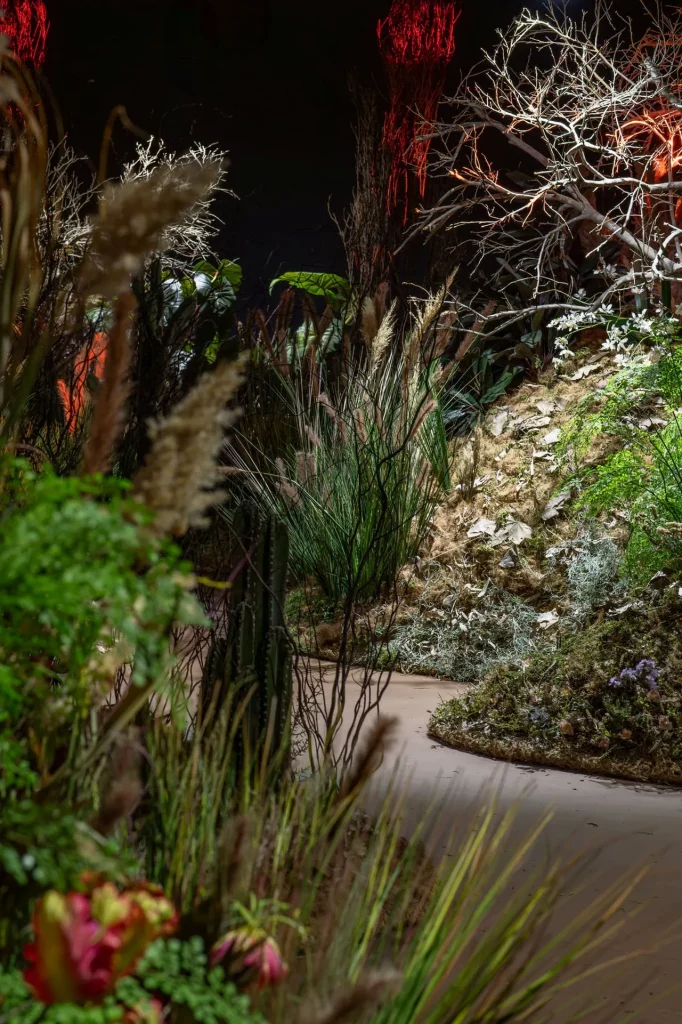
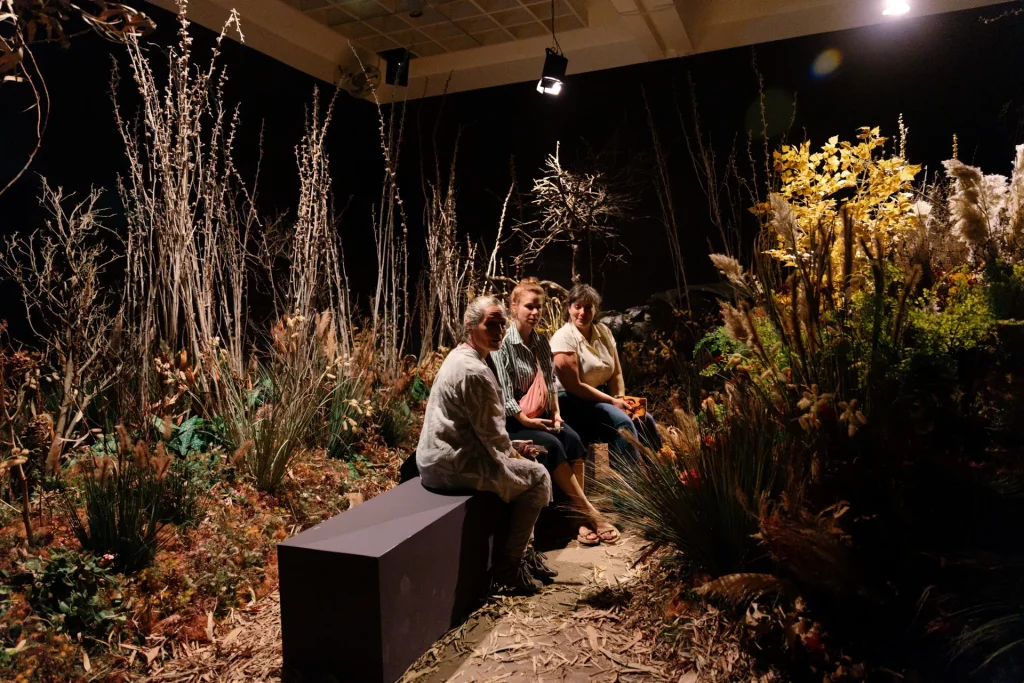
The space offers an escape from reality: Just outside the museum, Hostage Square – the main public space for protests demanding the release of the hostages from Gaza – stands in stark contrast. Inside, the garden seems simultaneously welcoming and uncanny.
The New York branch of Tel Aviv’s Gordon Gallery recently displayed renowned artist Michael Kovner’s idyllic paintings of eight different kibbutzim. Created between 2012 and 2017, these large-scale, saturated works exude tranquility. Yet in the shadow of the October 7 attack, their serene beauty invites viewers to fill the gaps with the darkness of events that occurred years after they were painted.


Meanwhile, in his Rosenfeld Gallery exhibition “Edge of the Night (A New Day),” artist Boaz Noy reimagines Israeli urban spaces with amplified natural elements. His colorful oil on linen works depict Tel Aviv and Jerusalem as if they were Provence: a fig tree in a community garden; a chinaberry near a market; reflections on the Yarkon River.
The physical, as well as the metaphorical Israeli/Palestinian landscape, has also taken over Haifa Museum of Art’s new permanent exhibition, “Facial Topography: Art of the Land from the Museum’s Collection.”
In recent years, the museum has significantly expanded its collection, acquiring works from local Palestinian artists and receiving the landmark donation of the Schusterman collection of art from the early 20th century to the establishment of Israel. This has allowed the institution to present a more nuanced narrative of art created in this region.Open gallery view
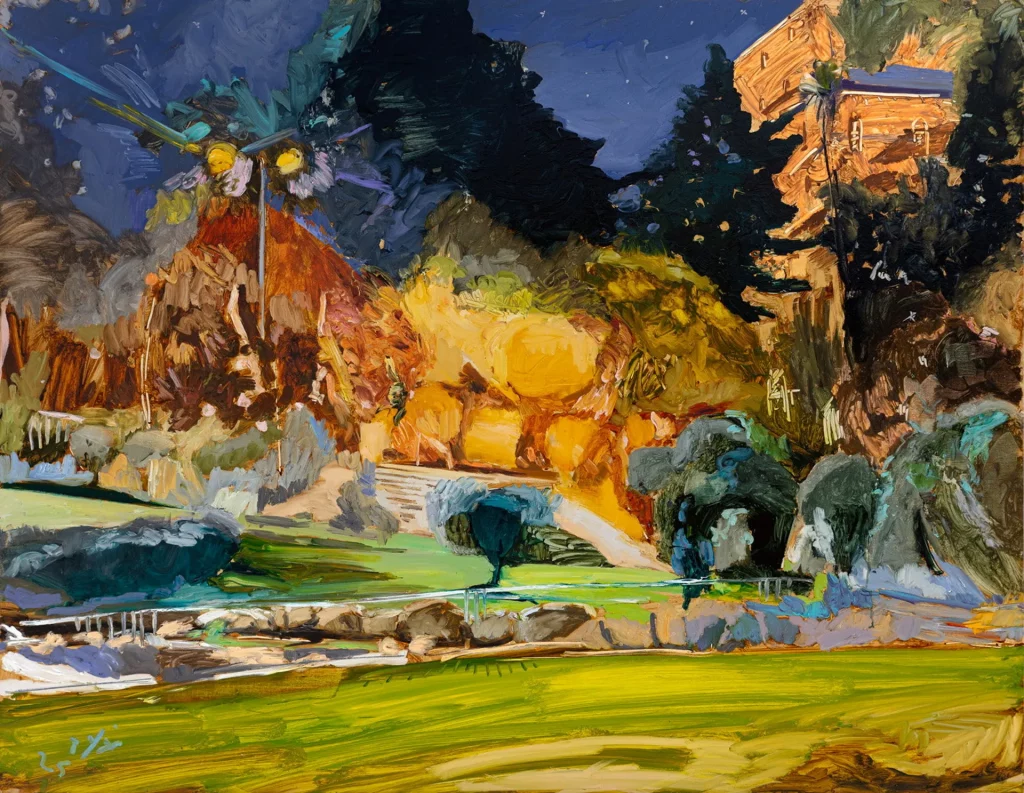
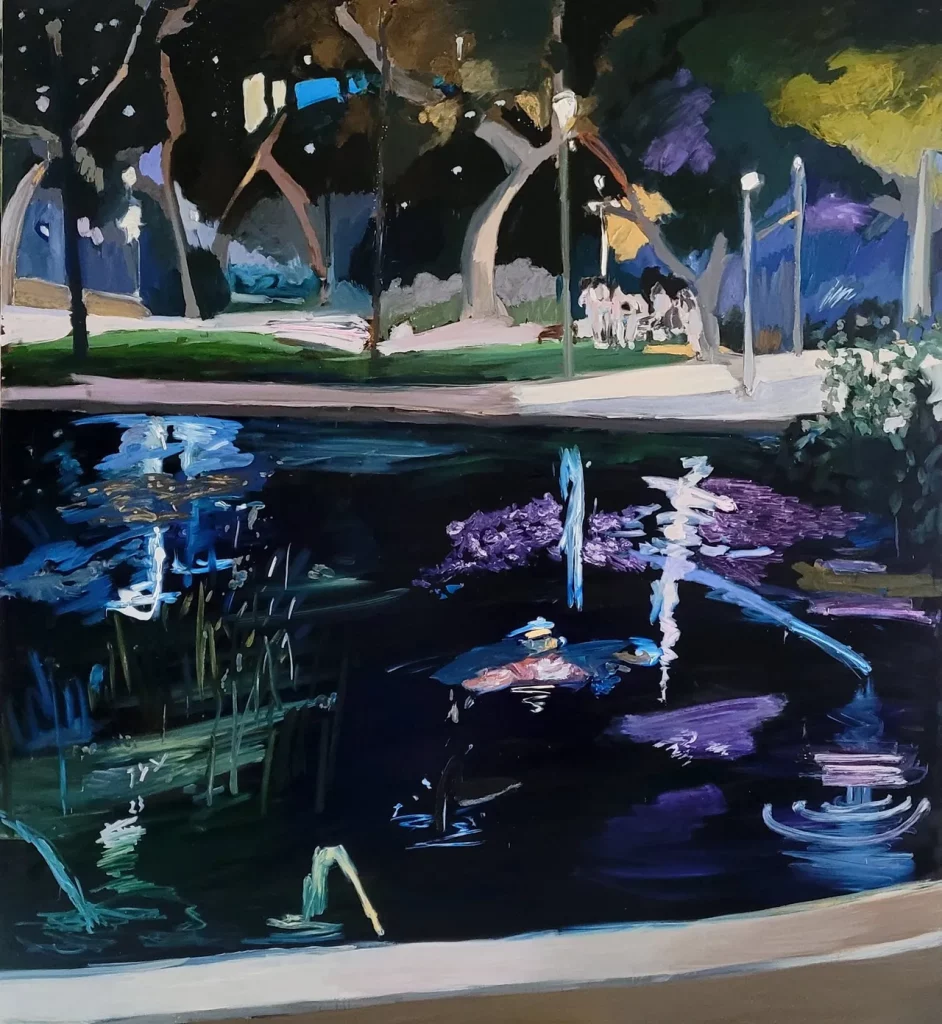
Chief curator Kobi Ben-Meir has taken this opportunity to explore how the artists working here have been shaped by the land itself – a landscape of competing viewpoints, constantly caught up in a conflict over meaning and ownership.
“Landscape is the most prominent subject in local art,” says Ben-Meir. Yet the relationship between Israeli artists and their surroundings has evolved over time, shaped by political realities, international art movements and shifting perceptions of the land.
In the early 20th century, Jewish painters were captivated by the unfamiliar terrain of their new home. But after the establishment of Israel, and particularly under the influence of the Ofakim Hadashim movement founded in 1948, this enthusiasm took a different shape. For decades afterwards, leading Israeli painters largely turned away from depicting the landscape.

A large marble sculpture of Jesus, crafted in the 19th century by Jewish-Russian artist Mark Antokolsky to look like a yeshiva student, now commands one of the exhibition’s main rooms. It might seem like an unlikely centerpiece for a historical exhibition on Israeli art and its relationship with nature.
Yet according to Ben-Meir, “Christ Before the People’s Court,” sculpted in Rome in 1876, embodies “the leitmotif of the exhibition: trying to see things through the prism of tolerance. An understanding that there are different people living here together, and that they don’t only fight each other but also produce substantial things that are often feeding off each other.”
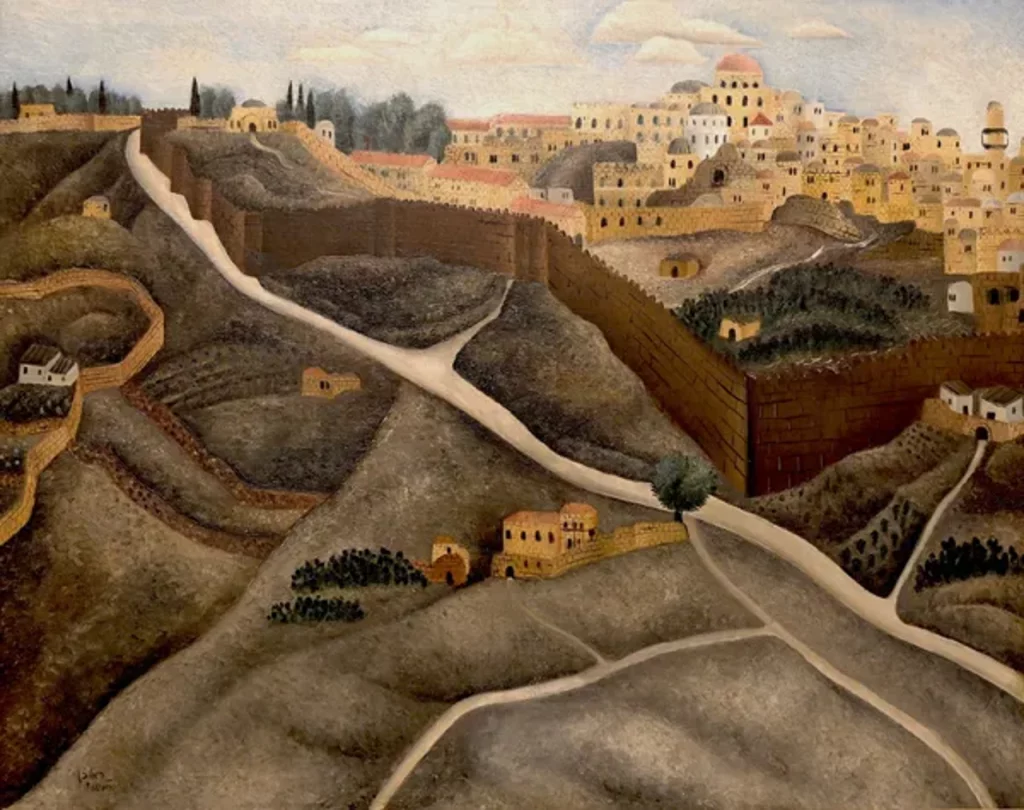
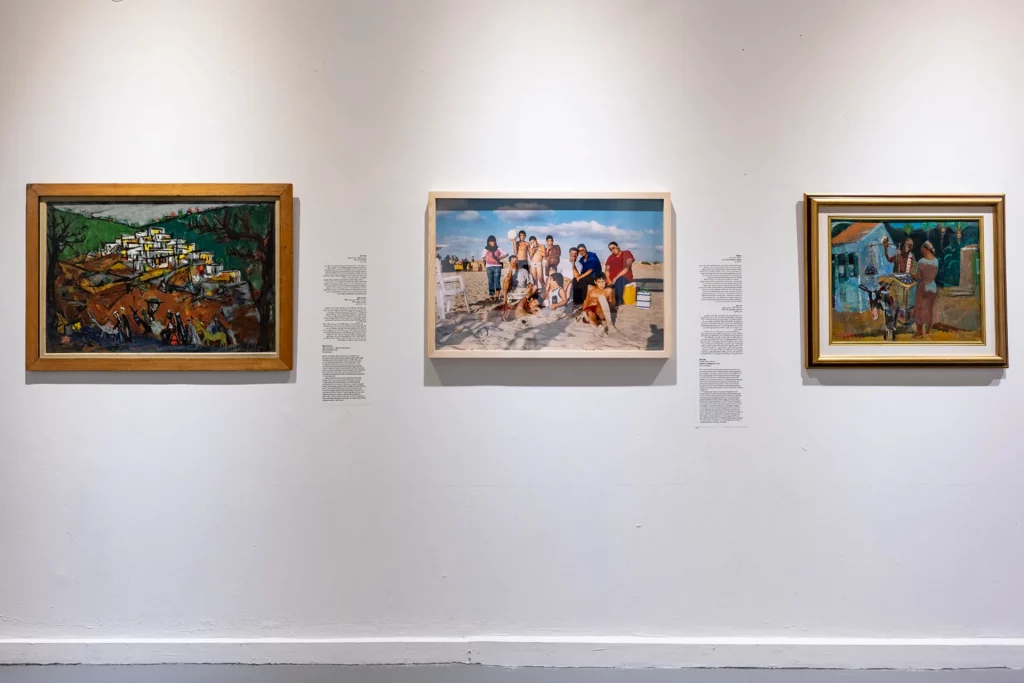
He adds: “The landscape raises questions of ownership – is it mine or does it belong to someone else? The glance is often taking ownership.”
The exhibition offers the viewer a rich variety of artworks, creating a typically chaotic Israeli landscape. It includes early works from artists such as Reuven Rubin (“Jerusalem with Mount Scopus,” 1927) and Yehezkel Streichman (“Woman Lying,” 1957), as well as Nachum Gutman’s 1932 depiction of Arabs in “The Fig Seller.”
They are juxtaposed against Ron Amir’s photograph of a Palestinian family hanging out at the beach, from his Jisr al-Zarqa project; a new work by Umm al-Fahm-based Palestinian artist Farid Abu Shakra made of wood and metal; and a video work by artist Oded Hirsch in which he films members of a kibbutz joining forces in order to remove a tractor he has buried in their land.
